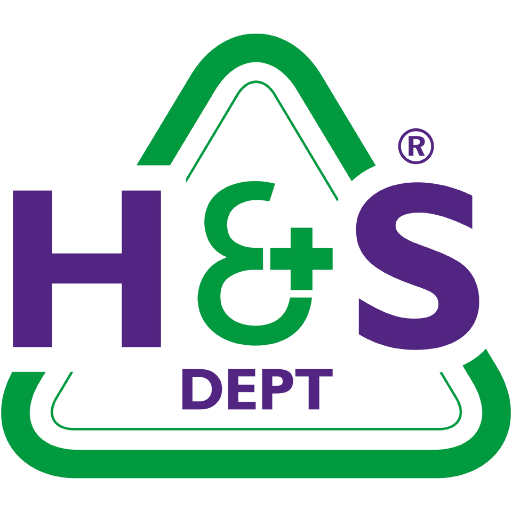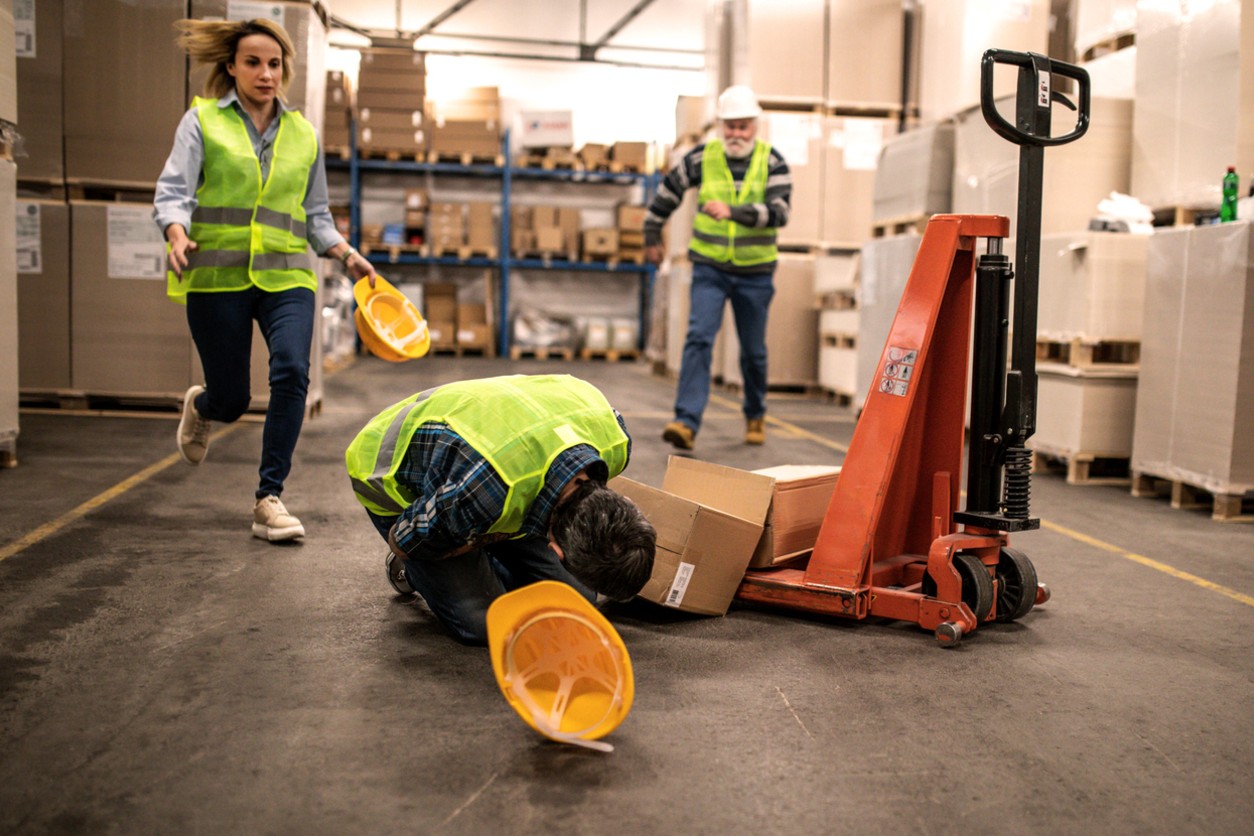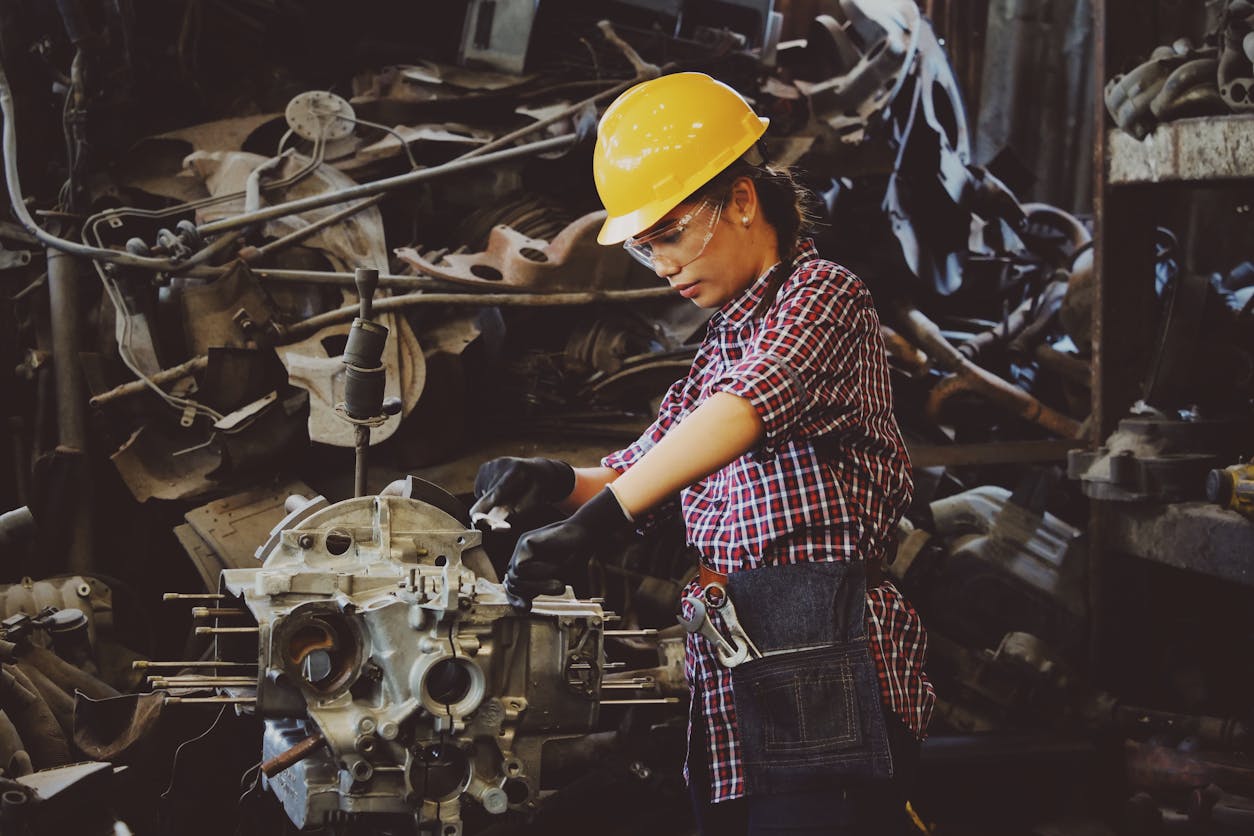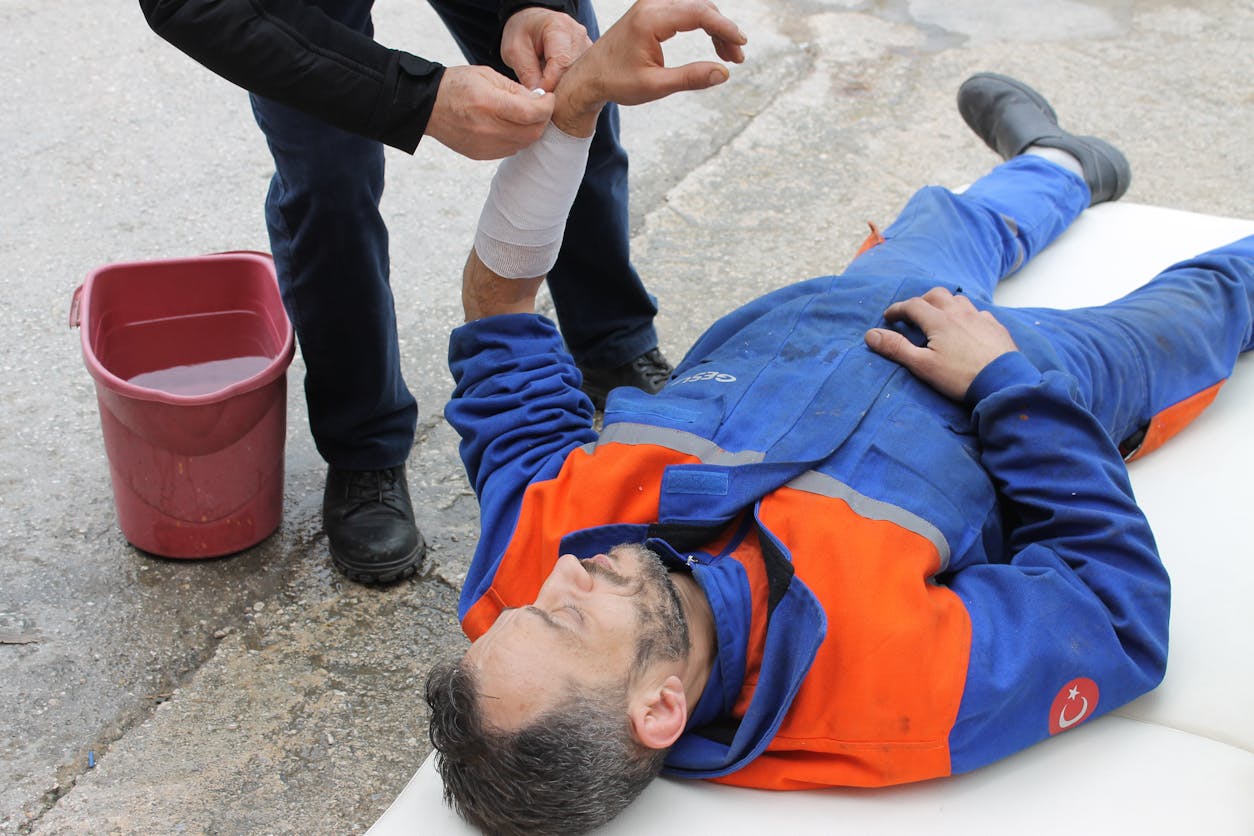When your business operates in a shared building – whether that’s an office block, retail complex or co-working space – fire safety can start to feel like a grey area. You might wonder, “Is it my job to check the fire alarm?” or “Who’s making sure escape routes are clear?” If these questions sound familiar, you’re not alone.
Shared premises often come with shared responsibilities, but not everyone is clear on what those responsibilities are – or who holds them. And when it comes to something as vital as fire safety, assumptions can be dangerous.
This article is here to clarify where those duties lie, what the law expects of you, and how you can ensure your workplace is compliant and safe for everyone who walks through the door.
What Does the Law Say?
Fire safety law in England and Wales is primarily covered by the Regulatory Reform (Fire Safety) Order 2005, which introduced the concept of the “responsible person.” This is the individual – or sometimes more than one individual – who has a legal duty to ensure fire safety measures are in place and effective.
In simple terms, if you have control over a part of a building, you’re likely considered a responsible person for that area. That could be a business owner, a landlord, a managing agent, or a facilities manager. In shared premises, several people may be responsible at the same time.
It’s not about shifting blame or ticking boxes. It’s about making sure there are clear lines of communication and that nothing slips through the cracks. The law recognises that when more than one person is in charge, collaboration becomes essential.
Navigating Shared Spaces
Picture a typical shared office building. Each business may have its own units, but you all use the same corridors, toilets, stairwells and entryways. Those shared areas need just as much attention as your own space – and that’s where confusion can creep in.
For example, your team might be on top of keeping fire exits clear in your office, but what about the hallway outside? Who’s checking that the fire alarm works across the entire building? Are evacuation routes known by everyone, or are they hidden behind locked doors?
These are the kinds of details that need to be agreed and shared. Otherwise, you risk doubling up on responsibilities – or worse, missing something altogether.
The Importance of Communication
One of the biggest challenges we see in shared premises is poor communication. It’s not unusual for tenants to assume the landlord is handling everything, while the landlord assumes each business is taking care of their own patch. That misunderstanding can leave critical gaps in safety procedures.
What works best is a proactive, joined-up approach. This means everyone who holds any responsibility for fire safety – whether that’s testing alarms, maintaining emergency lighting, or organising drills – knows what’s expected of them. Ideally, these roles are agreed formally, often as part of the lease or a building management plan.
And communication isn’t a one-off task. It’s something that should be revisited regularly, especially if new businesses move in, layouts change, or new risks emerge.
Why Clarity Matters
There are real consequences for getting this wrong. If the responsible persons fail to meet their duties, they can face enforcement action, large fines or even imprisonment. But the legal consequences pale in comparison to the real risk of harm.
In a fire emergency, every second counts. A blocked exit, an untested alarm, or an unclear evacuation plan can cost lives. Having the right systems in place – and ensuring everyone knows what they are – can make all the difference.
We’ve worked with businesses that felt overwhelmed by these responsibilities. Some assumed they were too small to need a full fire risk assessment, while others relied on outdated documents that hadn’t been reviewed in years. In every case, once we helped them get a handle on what needed doing, the sense of relief was immediate.
Where The Health & Safety Dept Comes In
At The Health & Safety Dept, we specialise in making health and safety approachable and manageable – particularly for small and medium-sized businesses who might not have in-house expertise.
When it comes to shared premises, we understand how tricky the setup can be. That’s why we take the time to get to know your building, your responsibilities, and your team. From there, we’ll work with you (and other parties if needed) to carry out thorough fire risk assessments, clarify roles and responsibilities, and develop practical fire safety procedures.
Our support doesn’t stop there. We also offer fire safety training, guidance on documentation, and ongoing advice as your business evolves. We’re not here to scare you into compliance – we’re here to help you feel confident and in control.
Keeping Everyone Safe
Fire safety doesn’t have to be complicated. But it does need attention, especially in shared buildings where responsibilities overlap.
If you’re unsure about your role, or worried that something’s being missed, it’s far better to ask questions now than to face consequences later. By working together – landlords, tenants, building managers and advisors – you can build a culture of safety that protects everyone.
And remember, you’re not on your own. Whether you need a one-off risk assessment or regular support to stay on track, The Health & Safety Dept is here to help you every step of the way. Get in touch with us today.











